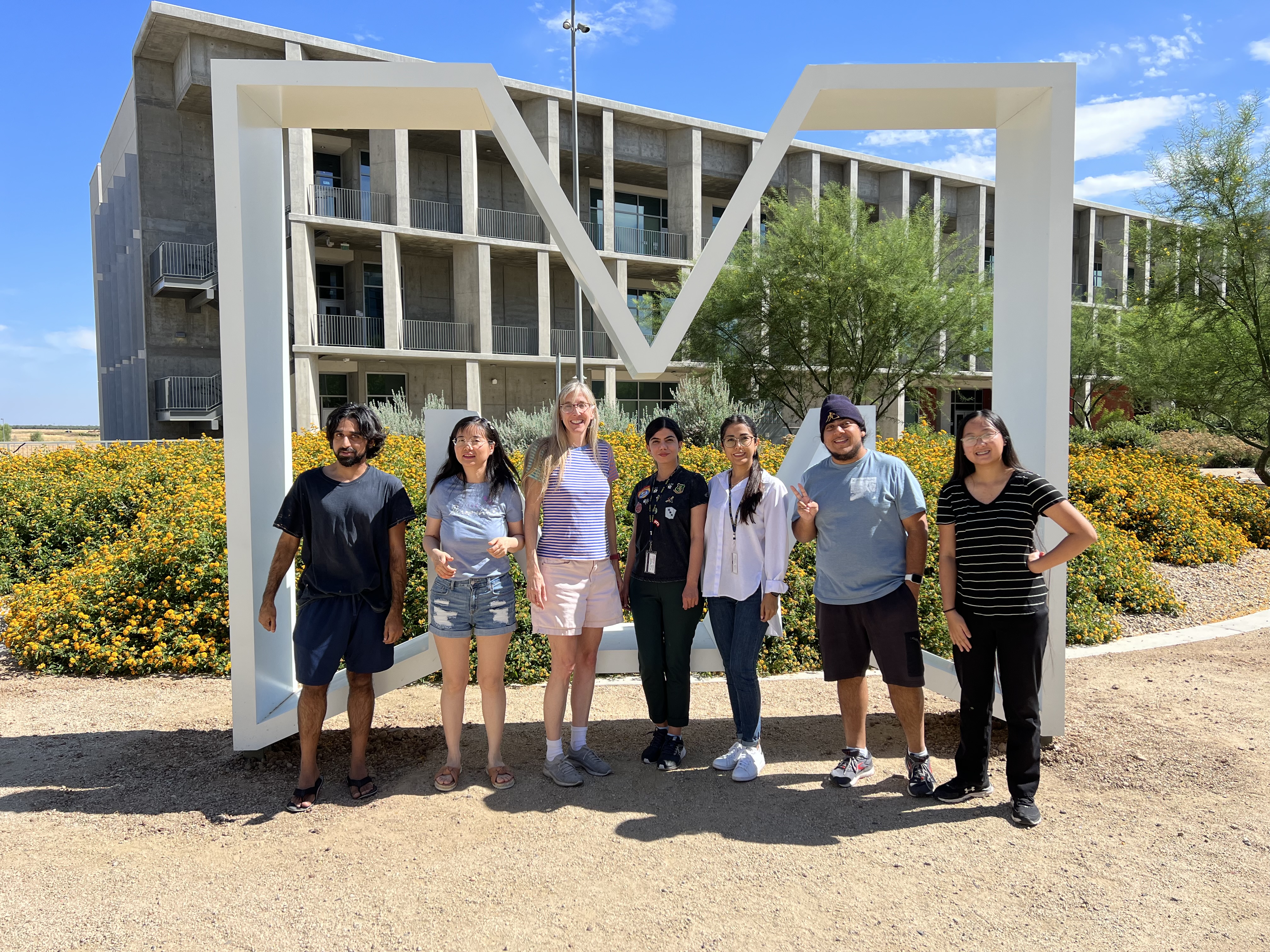Abstract
Due to the immense societal and economic impact that the COVID-19 pandemic has caused, limiting the spread of SARS-CoV-2 is one of the most important priorities at this time. The global interconnectedness of the food industry makes it one of the biggest concerns for SARS-CoV-2 outbreaks. Although fomites are currently considered a low-risk route of transmission for SARS-CoV-2, new variants of the virus can potentially alter the transmission dynamics. In this study, we compared the survival rate of pseudotyped SARS-CoV-2 on plastic with some commonly used food samples (i.e., apple, strawberry, grapes, tomato, cucumber, lettuce, parsley, Brazil nut, almond, cashew, and hazelnut). The porosity level and the chemical composition of different food products affect the virus’s stability and infectivity. Tomato, cucumber, and apple offered a higher survival rate for the pseudotyped viruses. Next, we explored the effectiveness of ozone in deactivating the SARS-CoV-2 pseudotyped virus on the surface of tomato, cucumber, and apple. We found that the virus was effectively inactivated after being exposed to 15 ppm of ozone for one hour under ambient conditions. SEM imaging revealed that while ozone exposure altered the wax layer on the surface of produce, it did not seem to damage the cells and their biological structures. The results of our study show that ozonated air can likely provide a convenient method of effectively disinfecting bulk food shipments that may harbour the SARS-CoV-2 virus.

